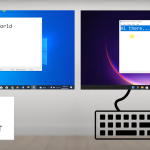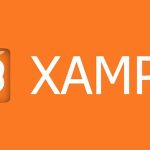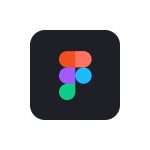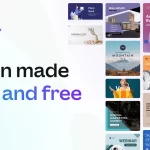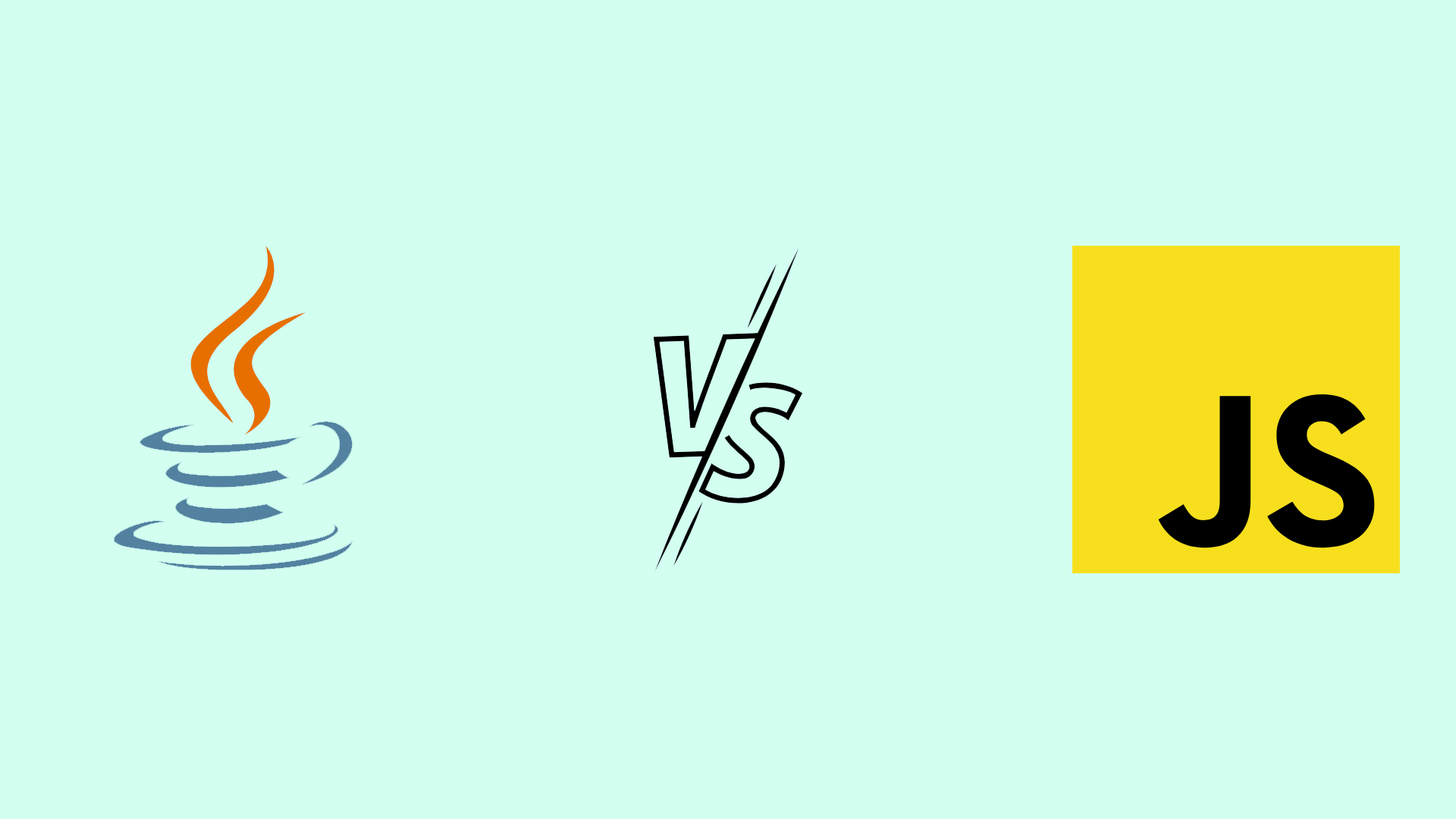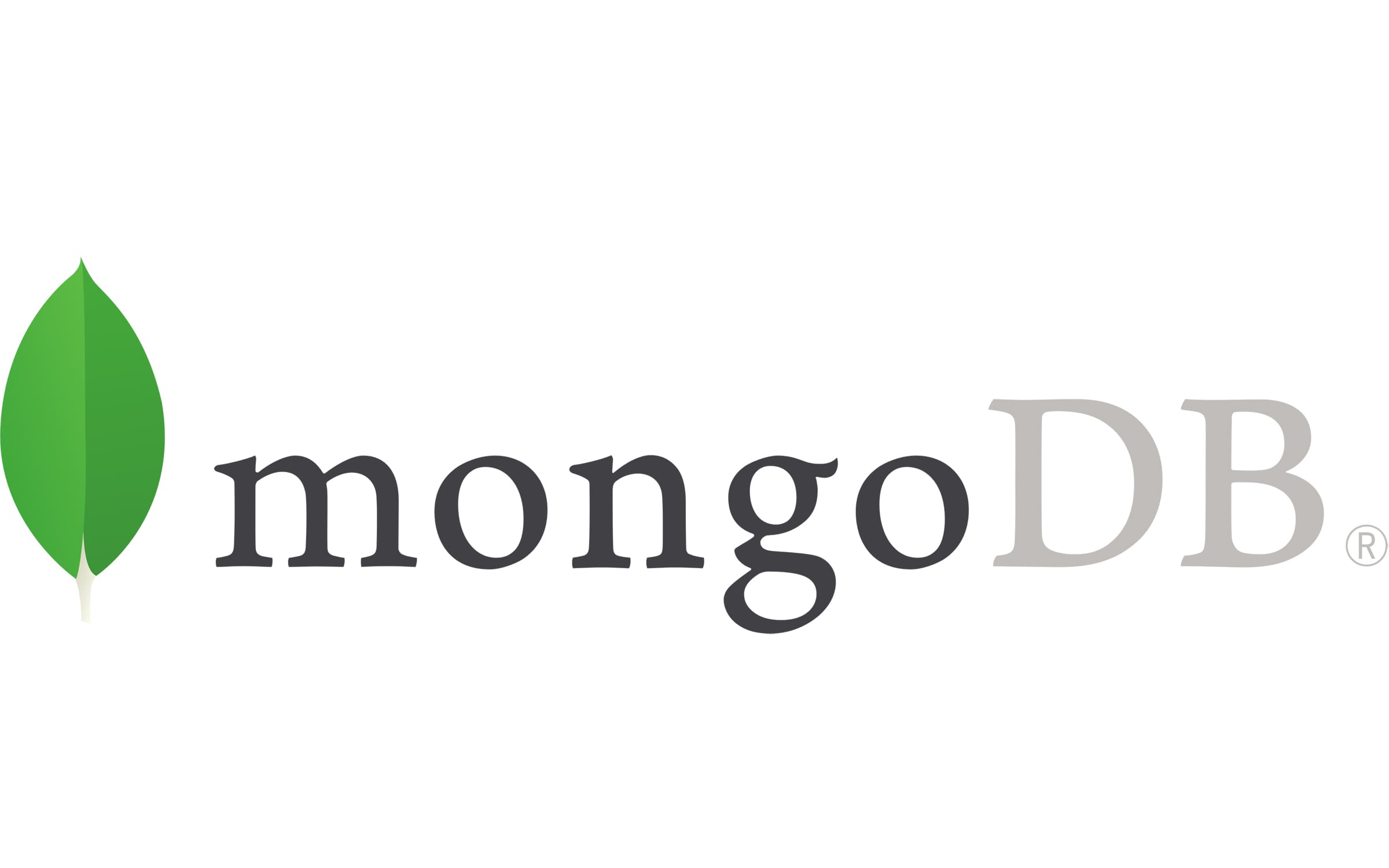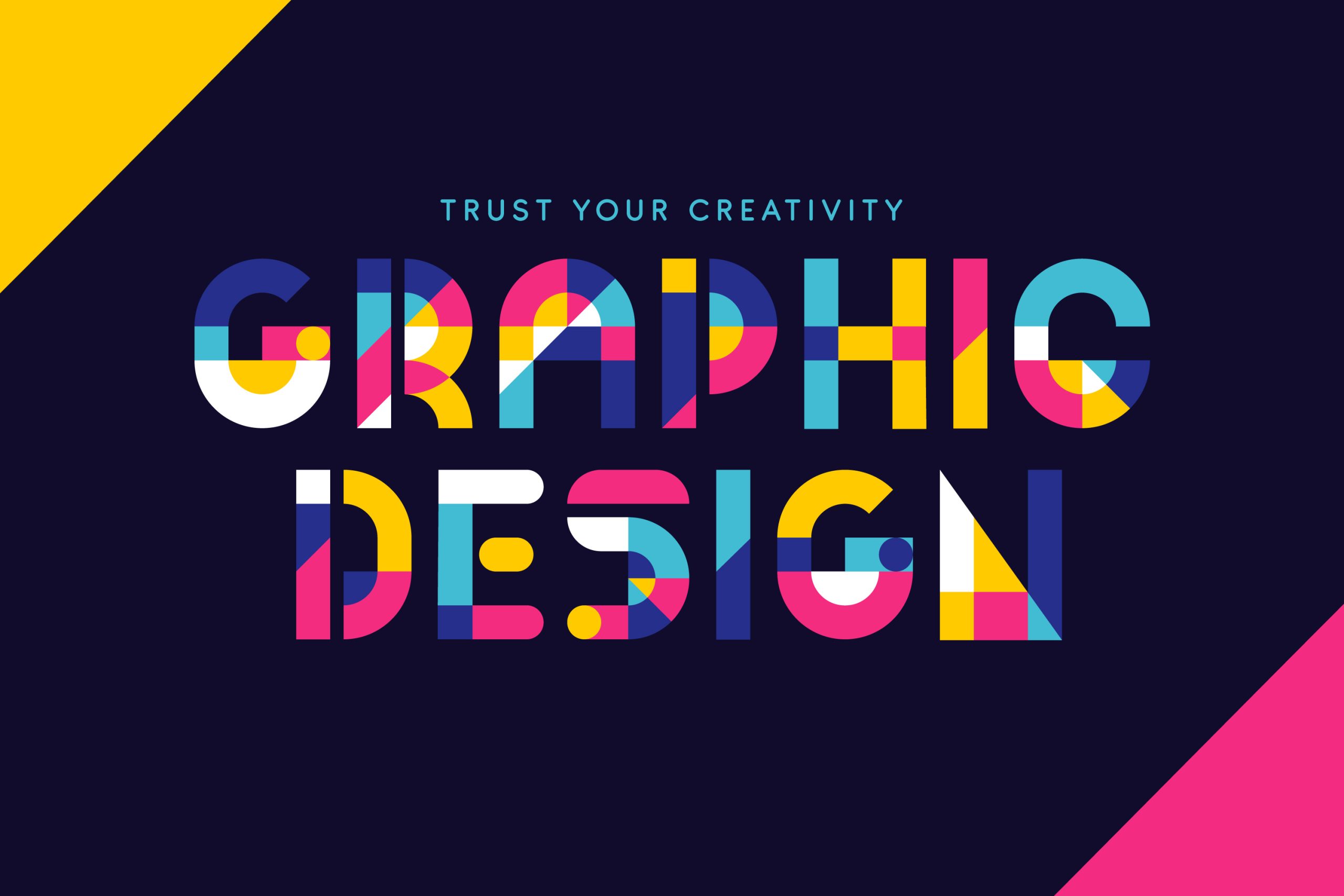In the ever-evolving realm of web development, staying up-to-date with the latest technologies is crucial to crafting cutting-edge and user-friendly applications. One such revolutionary approach that has taken the web development world by storm is the MERN stack. Combining MongoDB, Express.js, React, and Node.js, the offers a comprehensive toolkit that streamlines the development process, enhances user experience, and delivers high-performing web applications in MERN Stack.
Table of Contents
1. Introduction: Understanding the MERN Stack
The MERN stack is an acronym that represents four powerful technologies used in web development: MongoDB, Express.js, React, and Node.js. Each component plays a unique role in the development process, allowing developers to create feature-rich and dynamic applications in MERN Stack.
2. MongoDB: The Database Foundation
MongoDB, a NoSQL database, forms the bedrock of the MERN stack. Its flexibility, scalability, and ability to handle large amounts of unstructured data make it a perfect fit for modern web applications and for MERN Stack Application.
3. Express.js: Seamlessly Handling Server Requests
In MERN Stack Development, Express.js is a back-end framework, simplifies the process of handling server requests and building APIs. Its minimalist approach and robust features contribute to a more efficient development process.
4. React: Building Dynamic User Interfaces
In MERN Stack world, React is a front-end library, is renowned for creating interactive and responsive user interfaces. Its component-based structure allows for modular development, enhancing code reusability and maintainability.
5. Node.js: Powering the Backend
Node.js serves as the runtime environment for the MERN stack, enabling server-side execution using JavaScript. Its non-blocking architecture contributes to the MERN stack’s high performance and responsiveness.
6. Advantages of Using the MERN Stack
The MERN stack offers numerous advantages, including rapid development, code reusability, a seamless development experience, and the ability to build isomorphic applications in MERN Stack.
7. Creating a MERN Stack Project: Step-by-Step Guide
To kickstart a MERN Stack project, follow these steps: setting up the development environment, initializing the project, building the backend with Express.js and Node.js, designing the front end with React, and connecting the front and back ends.
8. Best Practices for MERN Stack Development
Employing best practices such as proper project structuring, code splitting, and using state management tools like Redux can enhance the efficiency and maintainability of your MERN projects.
9. Performance Optimization and Scalability in MERN Stack
Optimizing the performance of MERN stack applications involves techniques like server-side rendering, lazy loading, and efficient database querying. Scalability can be achieved through load balancing and microservices.
10. Real-world Examples of MERN Stack Applications
Explore successful applications built with the MERN stack, including social media platforms, e-commerce websites, and collaborative tools, showcasing its versatility and potential.
11. Security Considerations in the MERN Stack
Address security concerns by implementing measures such as data validation, authentication, authorization, and protecting against common vulnerabilities like Cross-Site Scripting (XSS) and SQL injection.
12. Future Trends and Developments in MERN Stack
As technology evolves, the MERN stack continues to evolve as well. Keep an eye on trends like serverless architecture, GraphQL integration, and AI-powered applications within the MERN Stack ecosystem.
13. Conclusion
The MERN stack has revolutionized web development by providing a comprehensive set of tools and technologies that empower developers to create modern, dynamic, and efficient web applications. Its flexibility, performance, and community support make it a favored choice for both beginners and experienced developers.
FAQs
- Q: What is the MERN stack?
A: The MERN stack consists of MongoDB, Express.js, React, and Node.js—a powerful combination of technologies for web development and that’s combination is MERN Stack. - Q: Can I use other databases with the MERN stack?
A: While MongoDB is the default choice in MERN Stack, you can use other databases like PostgreSQL or MySQL depending on your project’s requirements of MERN Stack. - Q: Is the MERN stack suitable for big scale web applications?
A: Yes, the MERN stack’s scalability features make it well-suited for building large and complex applications. - Q: Do I need to be an expert in all MERN Stack components?
A: While expertise in each component is beneficial in MERN Stack, you can collaborate with specialists for different parts of the MERN stack. - Q: How does the MERN stack enhance user experience?
A: The MERN stack enables the creation of dynamic and responsive user interfaces, leading to a more engaging user experience.
Check Out Empower Your Life-Changing Journey: A Beginner’s Guide to Learning Coding – 10 Steps to Shine!💡🌐

